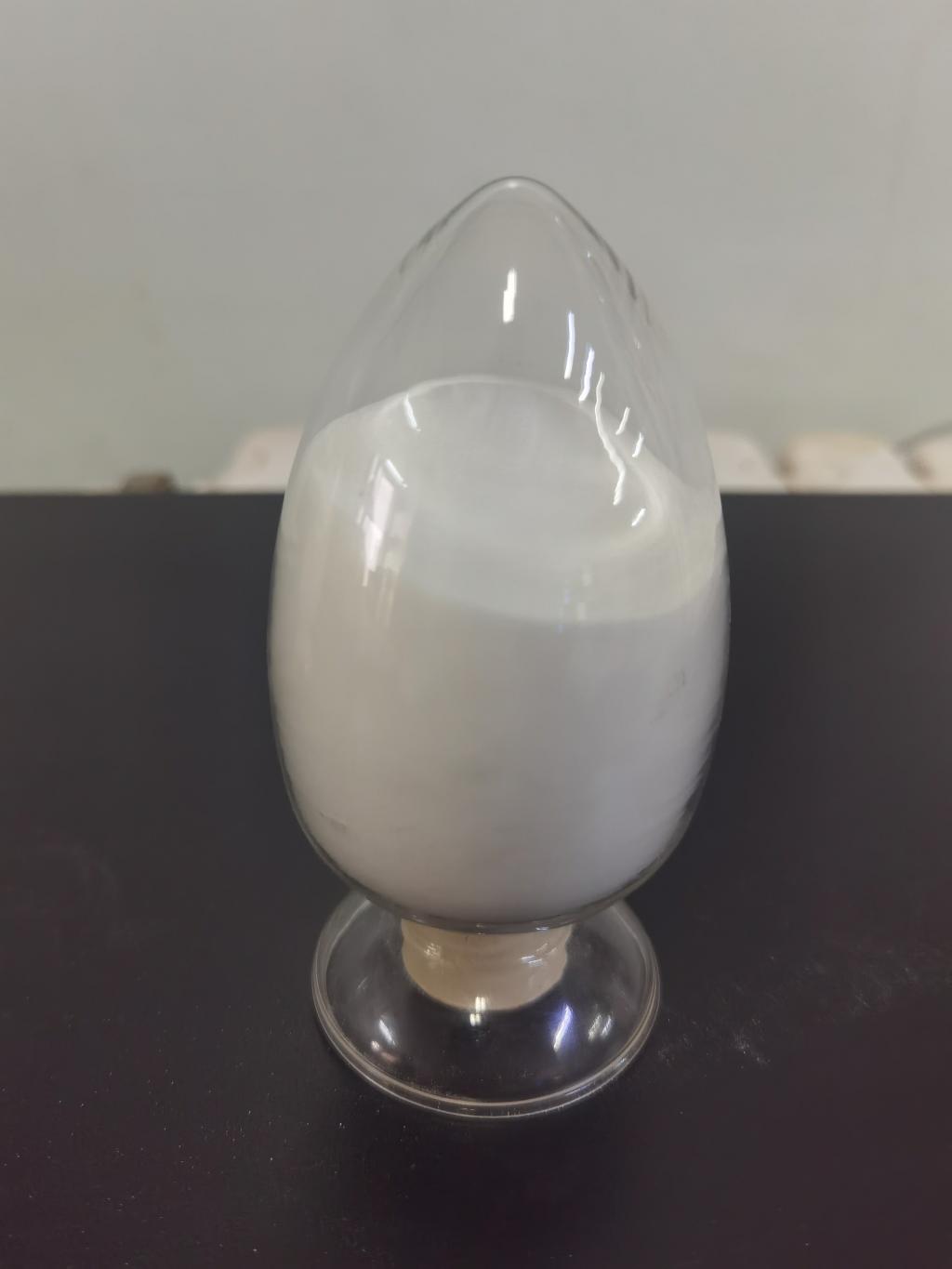Tel:+8618231198596

News
 CONTACT
CONTACT
 CONTACT
CONTACT
- Linkman:Linda Yao
- Tel: +8618231198596
- Email:linda.yao@dcpharma.cn
- Linkman:CHARLES.WANG
- Department:Overseas
- Tel: 0086 0311-85537378 0086 0311-85539701
News
Has ε-Polylysine hydrochloride been studied for its potential impact on the gut microbiota?
TIME:2023-06-15
Introduction
The gut microbiota, a complex ecosystem of microorganisms residing in the human gastrointestinal tract, plays a vital role in host health. Disruptions in the gut microbial composition have been associated with various diseases. As ε-polylysine hydrochloride gains attention as a natural antimicrobial compound, it is essential to investigate its impact on the gut microbiota to assess its potential effects on human health.
Antimicrobial Properties of ε-Polylysine Hydrochloride
ε-Polylysine hydrochloride is a natural antimicrobial compound derived from microbial fermentation. It exhibits broad-spectrum antimicrobial activity against various bacteria, fungi, and viruses. Its effectiveness in inhibiting microbial growth has made it a potential candidate for food preservation and antimicrobial applications.
Impact on Gut Microbial Composition
Several studies have examined the effects of ε-polylysine hydrochloride on gut microbial composition. These studies have used in vitro, animal, and human models to evaluate changes in bacterial diversity, abundance, and functional profiles. Results have shown that ε-polylysine hydrochloride can selectively inhibit certain bacteria while having limited effects on beneficial bacteria, such as Bifidobacterium and Lactobacillus species. However, variations in study design and conditions make it challenging to draw definitive conclusions.
Mechanisms of Action
The mechanisms underlying the impact of ε-polylysine hydrochloride on the gut microbiota are not yet fully understood. It is hypothesized that its antimicrobial activity disrupts the cell membrane integrity of susceptible microorganisms. Additionally, ε-polylysine hydrochloride may interact with specific microbial components or enzymes, influencing microbial growth and survival. Further research is needed to elucidate these mechanisms and their implications for gut microbial ecology.
Considerations for Gut Health
While the impact of ε-polylysine hydrochloride on the gut microbiota is still being investigated, several considerations for gut health should be taken into account:
a) Selectivity: The selectivity of ε-polylysine hydrochloride towards specific bacterial species can have implications for gut microbial balance. Assessing its effects on beneficial bacteria and potential dysbiosis is important for evaluating its impact on gut health.
b) Diversity and Stability: Maintaining a diverse and stable gut microbiota is crucial for overall health. Long-term exposure to ε-polylysine hydrochloride and its effects on microbial diversity and resilience should be carefully monitored to avoid potential disruptions to the gut ecosystem.
c) Prebiotic and Probiotic Interactions: Assessing the interactions between ε-polylysine hydrochloride and prebiotics or probiotics is necessary to understand any potential synergistic or antagonistic effects. These interactions may influence the overall impact on gut health and microbial composition.
d) Host Response: The host immune response and tolerance to ε-polylysine hydrochloride should be considered. Evaluating any potential immunomodulatory effects or host-microbe interactions will contribute to a comprehensive understanding of its impact on gut health.
Future Directions
Further research is needed to comprehensively investigate the impact of ε-polylysine hydrochloride on the gut microbiota. Future studies should employ well-controlled animal models and human clinical trials with appropriate sample sizes and study durations. Furthermore, integrating metagenomic, metatranscriptomic, and metabolomic approaches can provide a deeper understanding of the functional implications of ε-polylysine hydrochloride on gut microbial communities.
Conclusion
Understanding the impact of ε-polylysine hydrochloride on the gut microbiota is essential for assessing its potential applications and implications for human health. While current studies suggest limited effects on beneficial bacteria, further research is warranted to elucidate its mechanisms of action, long-term effects, and interactions with the host and gut microbial ecosystem. By considering these factors, the safe and responsible utilization of ε-polylysine hydrochloride in various applications can be ensured while preserving gut microbial homeostasis and overall gut health.
- Tel:+8618231198596
- Whatsapp:18231198596
- Chat With Skype







